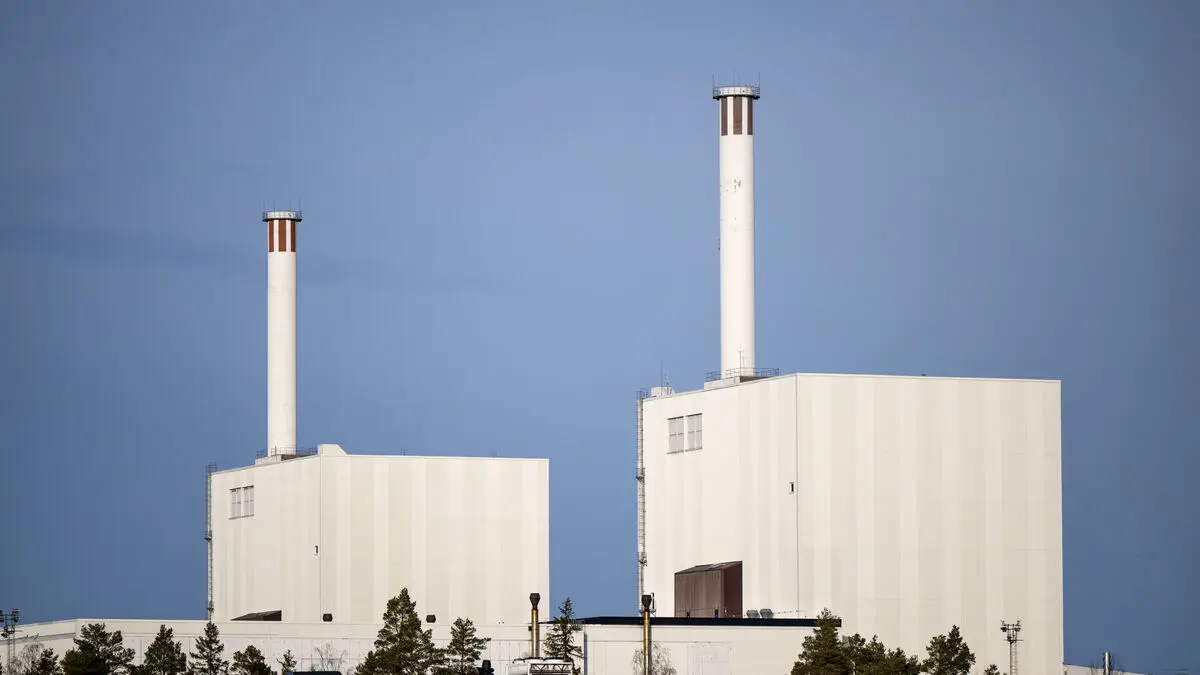Inflation in China – that is, the increase in consumer prices in annual terms – fell to 0.2 percent in June. Analysts warn that there is a risk that the world's second-largest economy may enter a phase of falling prices, i.e. deflation.
The risk of deflation has not decreased in China. Domestic demand is still weak. In the long term, China must get domestic demand to turn upwards to get the economy going, says Zhiwei Zhang, chief economist at asset manager Pinpoint Asset Management.
The June inflation rate was lower than the May inflation rate, which stood at 0.3 percent. And analysts had on average expected it to rise to 0.4 percent in June, according to a compilation of forecasts made by Bloomberg.
Producer prices fell sharply at the same time, according to monthly price statistics from the country's national statistical agency. The decline in producer prices in June was 0.8 percent in annual terms, in line with expectations. In the production sector, prices in China have been falling since the end of 2022. In May, the decline in producer prices was 1.4 percent.
The unexpectedly low inflation rate – well below the inflation target – is causing many analysts to worry about an evil spiral of falling prices in China – i.e. deflation. This can create persistent problems with weak demand, lower growth, unemployment, and bankruptcies.
If consumers start expecting falling prices, they tend to postpone consumption. This pushes down demand and growth and forces new price cuts.





